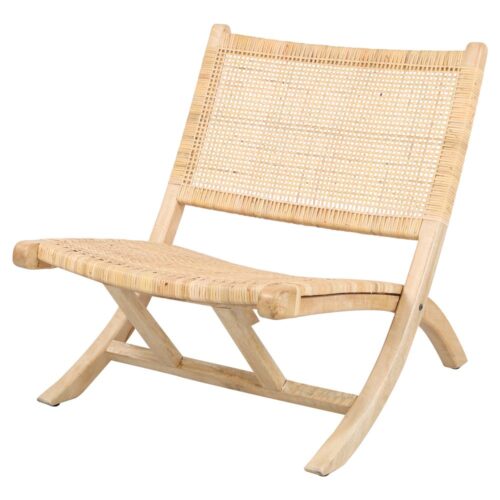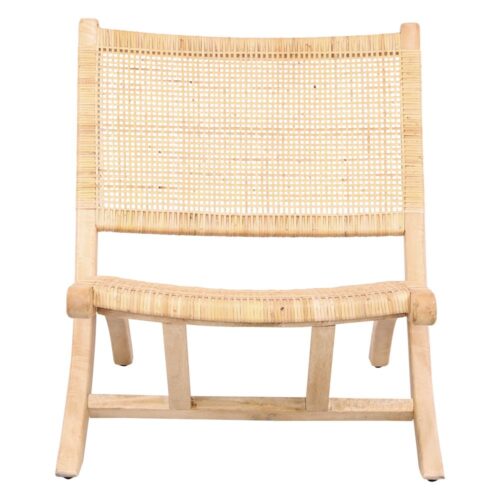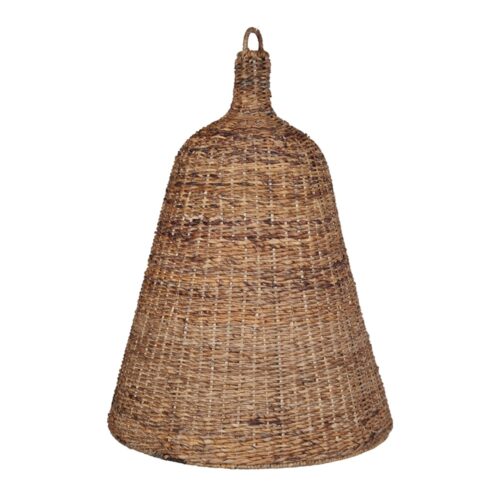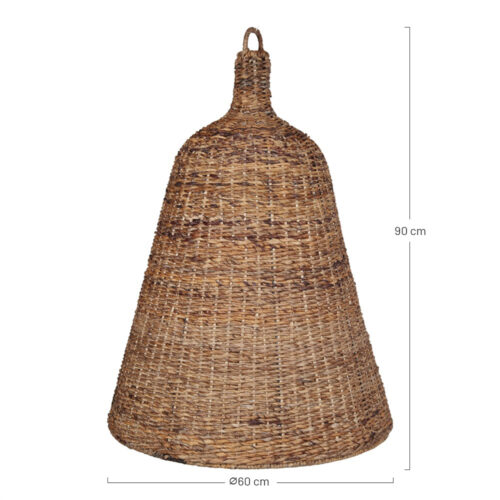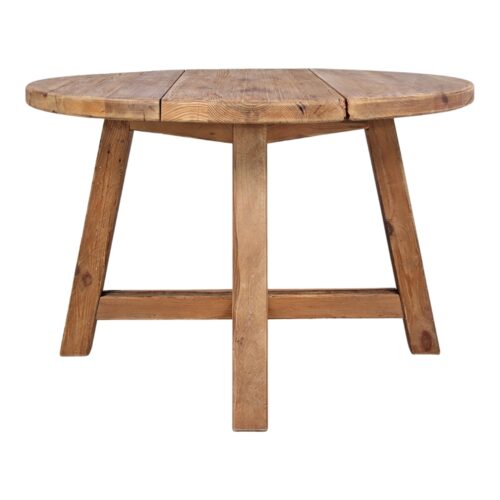Wabi-sabi. The beauty of imperfection at MisterWils
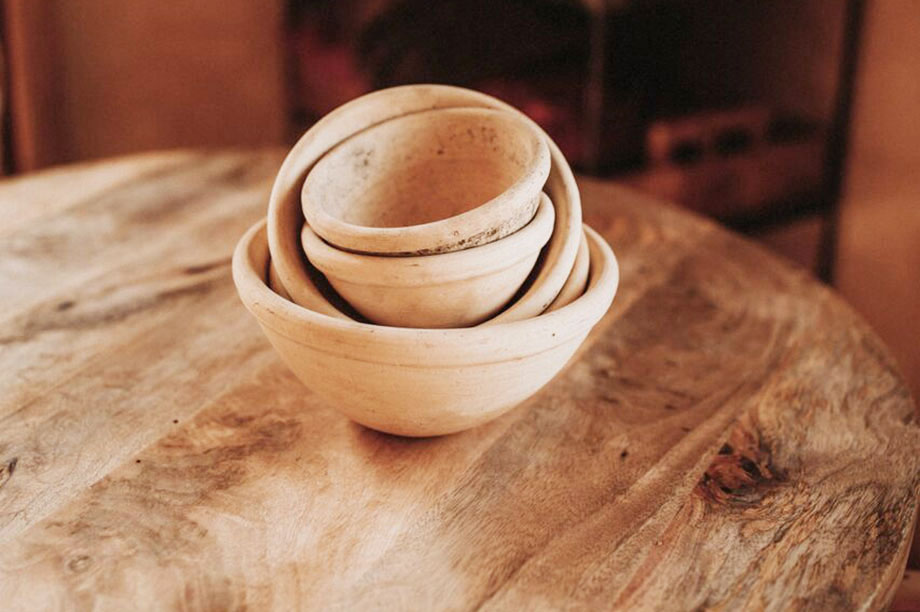
¿Qué vas a encontrar en este artículo?
ToggleLearning to see beauty in imperfection, in antiquity
Wabi-sabi is an aesthetic movement originating in Japan that champions imperfection, age and the disuse of objects. Its cracks and decadent appearance are irrelevant; on the contrary, it emphasises rediscovering our love for those products we had forgotten and bringing them back into the present so that they can once again take centre stage in our spaces.
This humble, modest and simple style has come to win you over. It won us over a long time ago.
At MisterWils, we like to give many of our spaces a touch of Wabi-sabi, and we draw inspiration from it when designing new collections of chairs or tables, as its firm commitment to organic textures and materials inspires us every day.
Pieces that will tell part of your story and conceal a genuine philosophy of life: acquiring decorative objects while leaving behind ostentation and bringing back authenticity, warmth and simplicity to our lives.

Three keys to joining the trend
A celebration of nature at MisterWils. Would you like your project to reflect the Wabi-sabi trend?
Follow these guidelines and let yourself be carried away by this ‘Japo’ essence that is taking the world by storm…
1. Authenticity
Cracks and authenticity are in vogue. The Wabi-sabi trend gives forgotten furniture the opportunity to return to the present.
The MisterWils concept? It uses furniture with a vintage look and a certain air of abandonment, stripped and antique. Materials such as wood and stone predominate, with an unfinished aesthetic which, being natural, will change over time and acquire a patina even more in keeping with this decorative style.
Textures with history, roughness and imperfections: these are the keys to finding a Wabi-sabi piece.
2. Handcrafted and rustic
The handmade aspect is one of the strongest points of this trend. We are not only referring to the craftsmanship of the furniture, but also to its accessories, tableware, ceramics and unique pieces of art that aim to bring maximum personality to our next project.
To achieve that Wabi-sabi look, it is essential to add a touch of rustic finishes to give the room a special beauty. Wood is the best ally of this trend, and at MisterWils we know it. Combine it without fear! It will always be a success!
3. Light and colour
Lighting plays a very important role in the Wabi-sabi style. Choose lamps with soft lighting that provide warmth and allow us to enjoy moments of relaxation.
Don’t forget the natural light that comes in through the window; combine it with sheer curtains or curtains with light textures and a certain degree of transparency.
Our Umiko or Caprisi lamps will be the perfect additions to your Wabi-sabi-inspired projects.
Which is your favourite? Wood or concrete? Both go perfectly with the current.
All natural! Choose colours that give you a feeling of well-being and comfort.
The safe bet would be colour combinations in neutral tones, as they provide everything we are looking for. White, grey and wood are the star colours of this trend. Not forgetting touches of green, which transport us to the freshest and most vibrant aspects of nature.
Are you ready to try Wabi-sabi? We’re sure you’ll love it, because it will bring peace and serenity to every room.
To find this kind of order, it will be necessary to move away from symmetry and convention, from baroque decoration and its impossible gilding. It is time to bring balance to every corner and discover this new air of imperfection with MisterWils.
Take a deep breath, relax, and let’s all embrace Wabi-sabi!
Inspiration about Wabi-sabi
https://www.pinterest.es/pin/336925615868657502/
What is Wabi Sabi style?
“Wabi-Sabi is a sensibility or aesthetic philosophy that deals with the beauty of imperfect, impermanent and incomplete things“. This is explained by Leonard Koren, the disseminator of this term, millenary in the West and almost recently arrived in our culture, where it has been a real revolution.
In fact, it was from his book Wabi-sabi for artists, designers, poets and philosophers (Sd Edicions, 2015) that the concept landed in the West. “It is one of the most influential works of aesthetic theory of the last 30 years: it underlies the catalogs of every self-respecting decoration firm, and occupies a place of honor on the bedside table of Axel Vervoordt, the Belgian interior designer who has managed to sell his stripped-down elegance even to Kanye West,” they wrote in El País.
In 2017, Koren also published Wabi-sabi, new considerations, further exploring this philosophy and turning it definitively into a trend.

Wabi-Sabi style: the appeal of the natural and ‘lived-in’
Getting down to the practical, Wabi-Sabi style is “a tatty sofa and not a white leather one, it’s the finger marks on the wall, it’s the port stain on the new carpet,” as Niimi Longhurst details, for her part, in Japonismo, el arte de alcanzar una vida plena (Libros Cúpula, 2018).
This idea with roots in Japan finds beauty in antique furniture, handcrafted or fragile, showing scratches and discoloration from its history of past uses. This appreciation requires a ‘training’ of the eyes and the intellect, accustomed to prefer, in the West of the 21st century, “the new”, “the pristine”.
Thus, when it comes to decorating, the Wabi-Sabi style encourages us to opt for objects made of natural materials, which do not necessarily have to be perfect, in which beauty lies precisely in the fact that the passage of time and the human hand can be appreciated on them.
“In this sense, Wabi-Sabi philosophy can be said to be an appreciation of every aspect of the life cycle that all material things go through, including us,” Koren says.
Unpainted wood pieces, for example, are typical of this decorative style, as the Wabi-Sabi trend values the fact that this material gains character and texture over time.
“Home is the place where you live, not a showroom. Minimalist, uncluttered, natural; it is our piece of the world, nature is present in it and it is not sterile, boring or without personality,” sums up Longhurst with regard to the Wabi-Sabi trend, which manages to clothe spaces with an authentic, warm and simple aura.
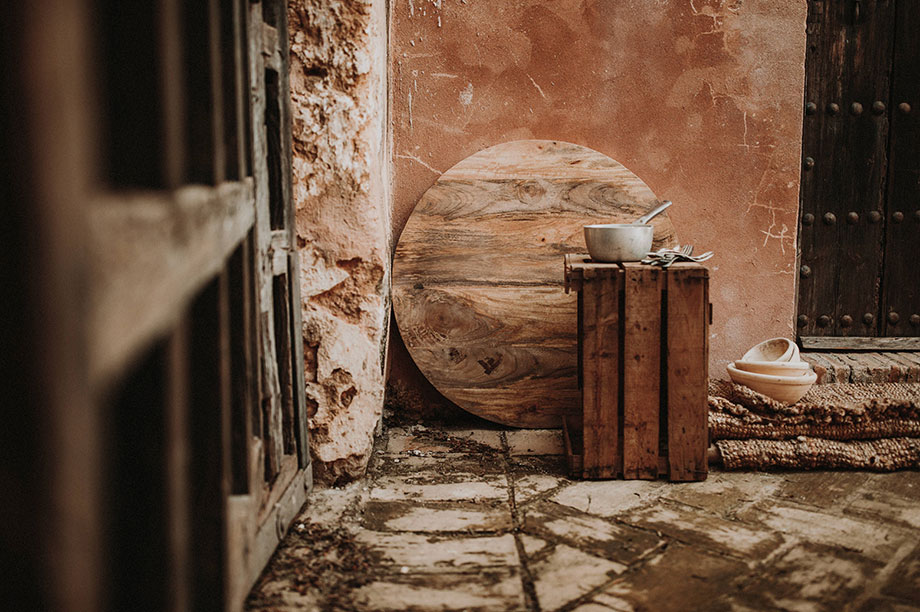
The 3 keys to the Wabi-Sabi trend
If you are attracted to the honesty, naturalness and warmth of the Wabi-Sabi trend, join it at home by following these simple steps:
1. Obtain shibui objects
“Many objects that are wabi or sabi can also be considered shibui, of an understated, subtle and sophisticated beauty, at once modest or muted, hinting at a deeper complexity despite their apparent simplicity,” Longhurst writes in his book.
“Many things can be shibui because they are straightforward, modest, simple, and their beauty and appeal lie precisely in their characteristics,” he continues, referring to austere pieces with a touch of elegance and grace, far removed from extravagance but, at the same time, with a suggestive depth.
A perfect example? The Ábaca esparto grass ceiling lamp, seemingly humble but, at the same time, intricate in its hand-woven natural fiber confection. Authentically shibui!
2. Go for pieces that evoke Natsukashii
Natsukashii is a feeling of nostalgic happiness, which evokes emotions or memories and is closely linked to the Wabi-Sabi philosophy. “It can creep up on you when you meet up with old schoolmates or when you remember habits or activities that, over time, have ceased to be part of your life,” explains Longhurst.
The objects that give you this feeling are often old acquaintances. They may be so because they have been recovered – you might start to look at that table you moved out of the way because it had scratches for example, and think of all the good times you had there – or perhaps, because of their design, they generate a certain pleasant nostalgia for happier times.
The Bergen wooden folding armchair, for example, could fit perfectly in this category thanks to that vintage air that pushes us to feel that we feel very familiar with it, that we have been seeing it all our lives. Besides, doesn’t it also make you think of the nostalgic happiness of golden summer days?
Bergen, too, is made of solid tropical wood, with seat and backrest in natural rattan lattice, materials that fit perfectly in the Wabi-Sabi style.
3. Opt for organic and recycled materials and handcrafted furniture.
“The original meaning of wabi referred to the feeling of remote solitude that comes with living in nature, and the paradoxical beauty of imperfection (such as that of a broken cup repaired with gold using kintsugi),” Longhurst wrote.
Kintsugi is a technique of Japanese origin used to fix fractures in ceramics with resin glaze dusted or mixed with gold, silver or platinum powder. The word sabi, on the other hand, refers to the beauty of aging, “such as the change in tone of wood, the charm of rust, the delicate curving and drying of roses in the sun,” adds the author.
Therefore, opting for rustic, natural and recycled wood is the most Wabi-Sabi thing we can do for our home. Even better if they are handcrafted pieces, because let’s remember that Wabi-Sabi, as Longhurst states, is asymmetry, not uniformity; modesty, not arrogance; natural deterioration, not synthetic conservation; slowness, not speed; minimalism, not ostentatiousness; rustic, not polished; unfinished, not complete.
…Just like pieces of humble charm, but a lot of personality, such as the Janory wooden bench, Wabi-Sabi style, made of teak wood with a natural finish. It is easy to see how nature integrates this object, while appreciating the passage of time and the craftsmanship that has brought it to life. Pure Wabi-Sabi!
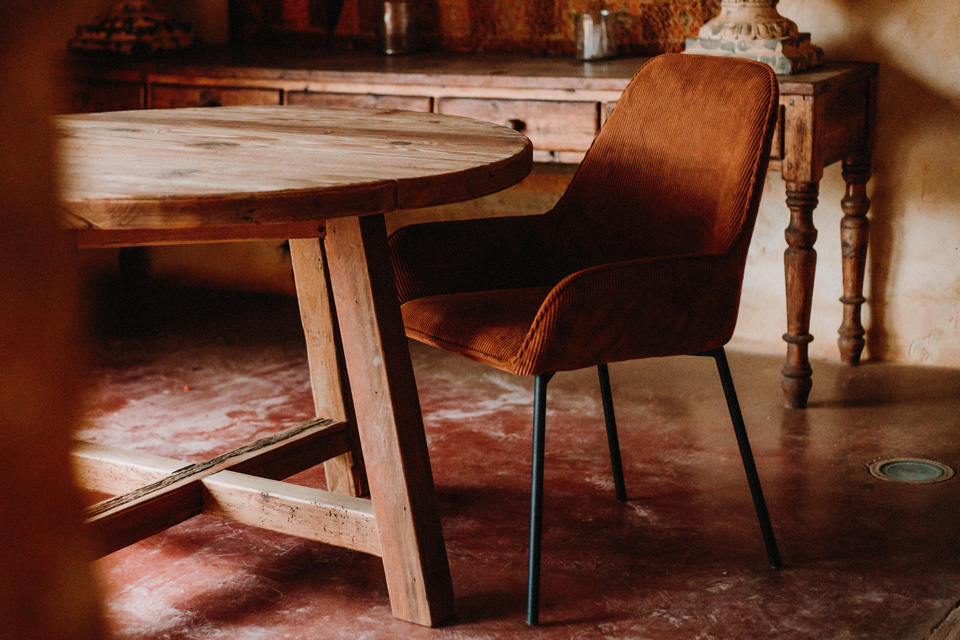
Some Wabi-Sabi suggestions in the MisterWils catalog
In addition to the aforementioned pieces, you can find many other Wabi-Sabi style pieces in the MisterWils catalog. An example? The Staten dining table, made of recycled solid pine wood with a Rustic-Vintage style, which presents marks and irregularities typical of the passage of time.
Another irresistible object with the same Wabi-Sabi qualities is the Helgady wooden sideboard, Contemporary Rustic style, made of recycled pine wood.
And one last attractive idea: the wooden mirror Jacky, created from reclaimed elm wood, as dictated by the Wabi-Sabi trend, which prefers to use rather than throw away.

Wabi-Sabi style: the beauty of imperfection
Perhaps the Wabi-Sabi style has triumphed because it is understood as the perfect response to a world in constant movement, which is determined to produce new objects beyond its means. With its love for recycled and recyclable materials, its love for the calmness of craftsmanship and its appreciation of the passage of time on objects, the Wabi-Sabi trend encourages us to dress our home with rustic and vintage-looking natural wood pieces that bring soul to home decor
MisterWils pieces perfect for a Wabi Sabi style space
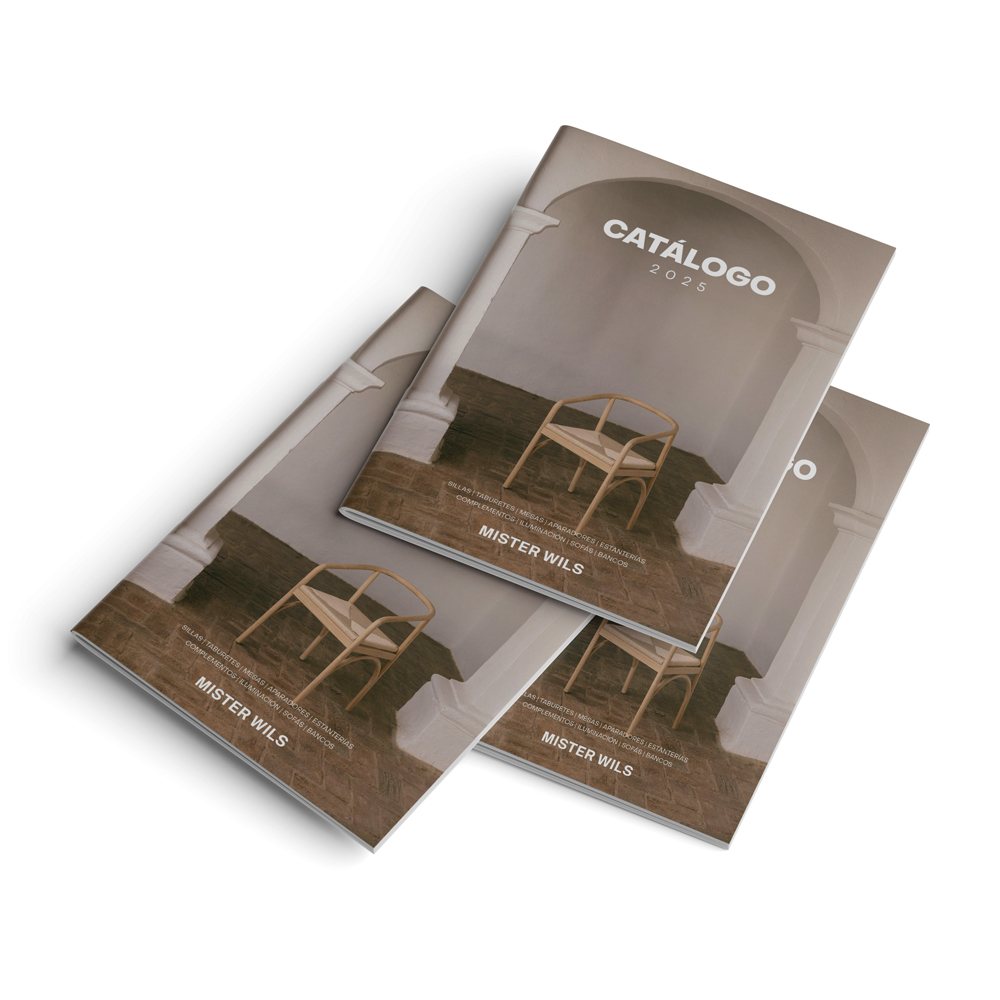
Download the MisterWils catalog of furniture and lighting.
Every month we update our catalog with all the news in chairs, tables, lamps, sideboards, stools, shelves, and much more. We have furniture for the hospitality industry, specialists in Contract furniture, you can find out about the advantages for professionals.

Download the MisterWils catalog of furniture and lighting.
Every month we update our catalog with all the news in chairs, tables, lamps, sideboards, stools, shelves, and much more. We have furniture for the hospitality industry, specialists in Contract furniture, you can find out about the advantages for professionals.

Download the MisterWils catalog of furniture and lighting.
Every month we update our catalog with all the news in chairs, tables, lamps, sideboards, stools, shelves, and much more. We have furniture for the hospitality industry, specialists in Contract furniture, you can find out about the advantages for professionals.

